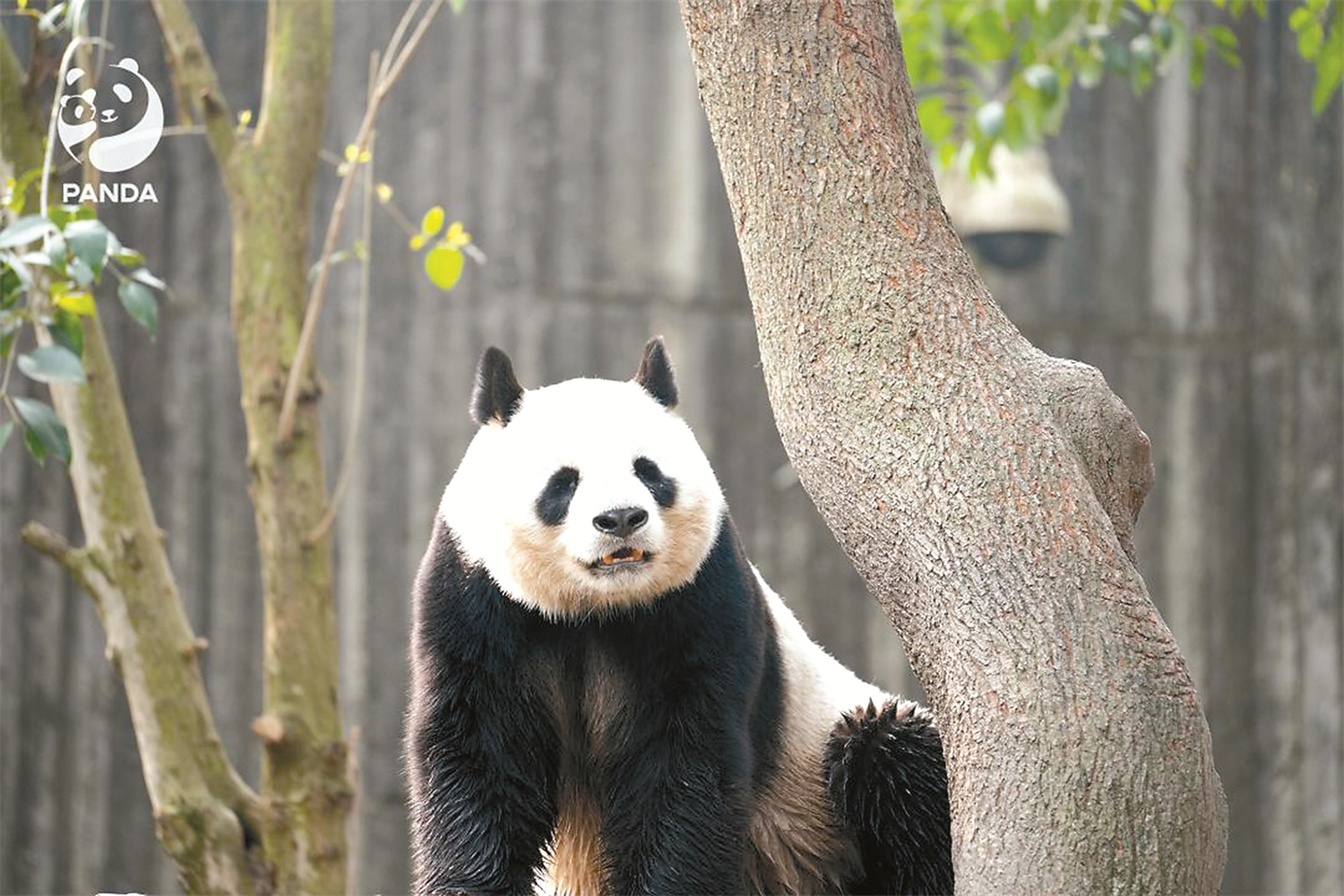From the current fossil evidence, the earliest giant panda appeared in the late Miocene about 8 million years ago, in the Yunnan region of China-the first panda in Lufeng. The panda has a pair of sharp canine teeth. The last pair of premolars in the upper jaw and the first pair of molars in the lower jaw are very sharp, which can tear food when closed. Such sharp teeth can be used to bite meat into small pieces. These characteristics show that they are carnivorous or carnivorous omnivores.

The naive giant panda.
As for why the giant panda’s diet has changed from meat-based to almost vegetarian, there is no definite answer in the scientific community at present. The latest mainstream view is that during the Pliocene period about 4 million years ago, due to the continuous cooling of the global climate, a large area of forests was replaced by grasslands. The giant panda’s gait, which is similar to human’s plantar gait (walking with sole), is difficult to catch up with its prey on the open ground, and the focus of eating begins to shift to plants. Their bodies have also undergone some adaptive changes, such as wider molars and the gradual loss of genes to taste fresh meat.
In the following millions of years, because the earth entered the ice age and human development occupied the earth’s resources, the eating habits of giant pandas changed for the second time, from eating all kinds of plants to eating almost only bamboo. Their bodies have also undergone adaptive changes again with this change in eating habits. It is found that giant pandas have 16 taste genes used to taste bitterness, which makes them extremely sensitive to bitterness and can easily taste the bitterness of food. Giant pandas are sensitive to bitter taste, which can help them choose bamboo better. Because many plants produce toxins in natural selection, and toxins are usually bitter.
Another problem facing eating bamboo is how to grasp it. The "hands" of modern giant pandas have "pseudo-thumbs" which are made of seed bones and connected with bones and muscles. The giant panda can skillfully grasp the bamboo pole with this "finger" and five fingers. Some scholars speculate that the "pseudo-thumb" of giant pandas evolved with their behavior of eating bamboo, and it tends to be perfect in a long time.
The nutrition of bamboo is very limited, so giant pandas have to eat it constantly to meet their physical needs, which often requires extensive foraging activities, while giant pandas have adopted the strategy of "moving less" to reduce energy consumption. Giant pandas usually choose to move slowly along the gently sloping bamboo forest. When they are tired, they stop for a while, eat something before going on the road. Under normal circumstances, the average moving distance of giant pandas every day is only 300-500 meters.
Facts have proved that these changes of giant pandas are very necessary. Many large animals of their time, such as saber-toothed tiger, saber-toothed elephant, giant tapir, etc., became extinct because they could not change in time. (Giant Panda Breeding Research Base)